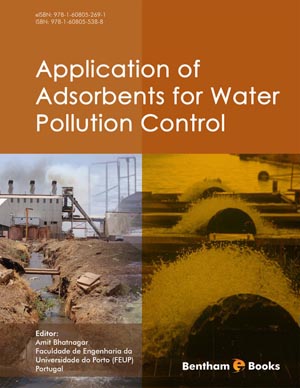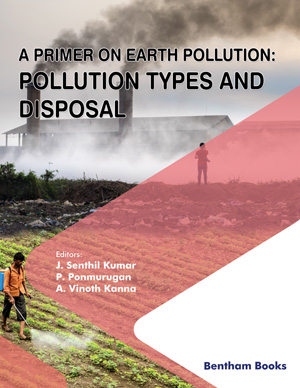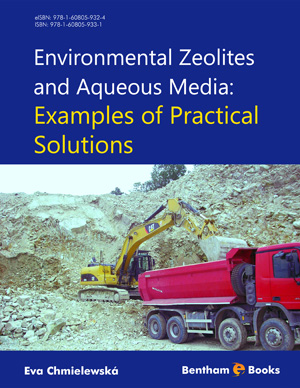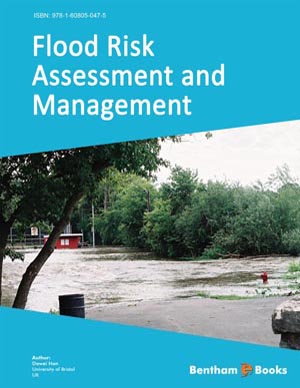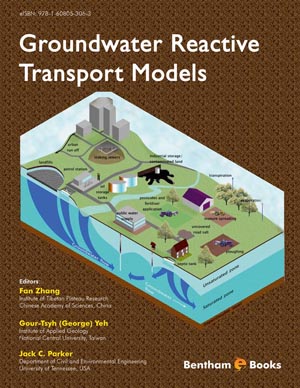Abstract
In this chapter, the development of novel, highly ordered, mesoporous materials, which can be used to provide active sorbents for mitigation of environmental pollutants, has been discussed. Specifically, focus was given on the use of these materials for water pollution remediation through the extraction of metal ions and phosphate ions (as these are the most important pollution problems in industrialised regions). Also, a review is presented on some of the recent works in this field including some of our most recent studies. A variety of porous materials were synthesised including mesoporous particles and macroporous spheres and these were characterised using powder X-ray diffraction (PXRD), scanning electron microscopy (SEM) and nitrogen adsorption techniques to establish the pore diameters, material morphology, packing of the pores and specific surface areas of the materials. Pure silica materials have limited efficacy in these applications and it was necessary to modify their properties with a selection of ligands and metal ion dopants to tailor their sorptive properties towards the selected applications. The extraction efficiencies of each sorbent was quantified using a number of analytical procedures depending on the nature of the pollutant studied.
Keywords: Mesoporous materials, mesoporous silica, Metal ions pollutants, Mono- funtionalising and bi-functionalising mesoporous silica, metal coordination, adsorption capacity, pH effect, chelating ligands, kinetic modeling, adsorbent recovery.


